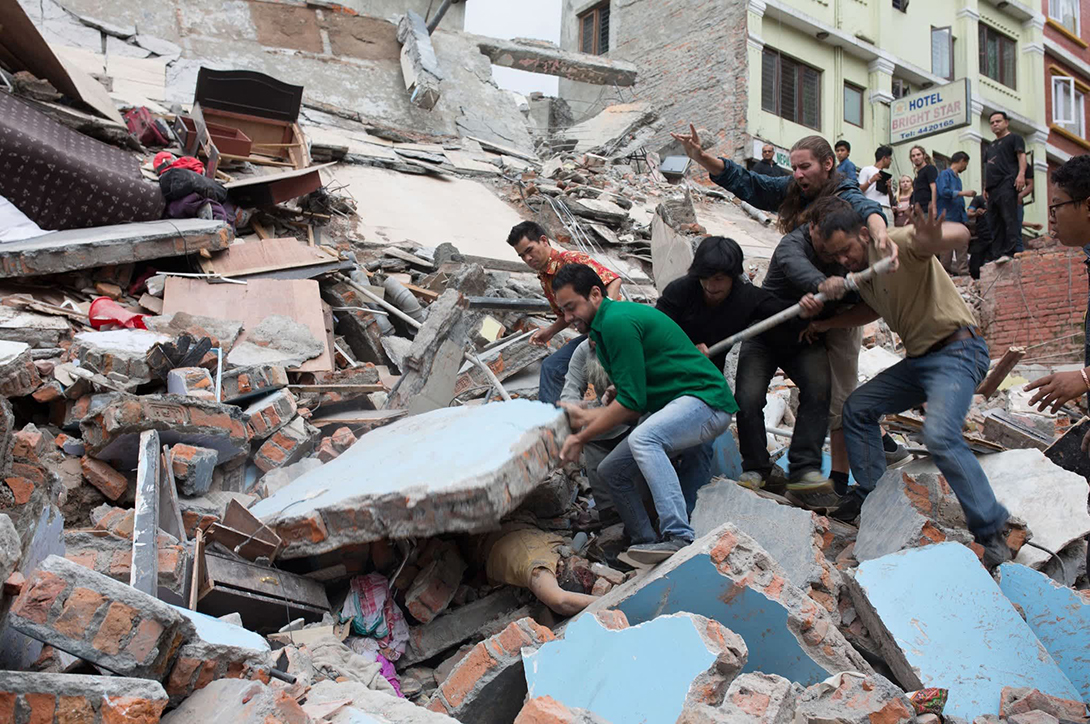As an employee in California who spends time surrounded by heavy equipment and dangerous machinery, your work comes with plenty of risks. Crush injuries are one of the said risks. How can a crush injury affect your overall quality of life, especially if it’s severe?
Understanding Crush Injuries in the Workplace
MedlinePlus examines the damage that crush injury accidents can cause. Some damages are more typically associated with crush wounds. This includes lacerations, broken bones, or bruising. However, being crushed can also result in:
- Internal bleeding
- Nerve injury
- Compartment syndrome
- Secondary infection
- Open sores
Compartment syndrome, infections, and open sores are talked about much less frequently. These injuries can be pervasive and last long after the crush incident occurs. They’re usually present in more severe cases, where you have been pinned or crushed for a longer period of time. Secondary infections can result from areas of the body where blood flow is cut off. Compartment syndrome causes damage to nerves, blood vessels, muscles, and other soft tissue. It’s the result of increased and prolonged pressure on the legs or arms.
Being safely removed from a situation in which you’ve been pinned or crushed for a long time is crucial. In some cases, there may be build-ups of dangerous fluids. Once the obstruction is removed, these fluids may begin circulating again, which can lead to rapid deterioration in health.
Any of these complications can have a profound impact on your health, recovery, and life after the incident. This is why many people may wish to seek compensation to help cover medical costs.
Long-Term Effects of Crush Injuries
While the immediate aftermath of a crush accident can be devastating, many workers suffer long-term complications that affect their ability to work and maintain quality of life. According to the U.S. Bureau of Labor Statistics, more than 8,000 crush injuries are reported annually nationwide, with California accounting for a significant portion due to its large construction, manufacturing, and logistics industries.
The most common long-term effects include:
- Chronic pain in affected limbs, sometimes lasting for decades
- Reduced mobility or permanent disability leading to lifestyle changes
- Amputations are performed in severe cases where blood flow and tissue viability cannot be restored
- Psychological trauma, such as depression, PTSD, or anxiety disorders, was caused by the accident
- Recurring infections due to lingering open wounds or compromised immune responses
- Loss of earning capacity, especially for workers in physically demanding trades like construction, warehousing, or agriculture
For example, a Los Angeles construction worker crushed by a collapsed scaffold may face multiple surgeries, six months of physical therapy, and permanent loss of mobility in one leg. Such a worker may never return to the same job, which makes financial recovery through workers’ compensation even more critical.
Common Workplace Causes of Crush Injuries in California
In California, industries such as construction, agriculture, warehousing, logistics, and manufacturing account for the highest number of crush injuries. These accidents often involve:
- Forklift accidents in warehouses around Los Angeles and Long Beach
- Heavy machinery malfunctions at construction sites in San Diego or San Jose
- Collapsing scaffolding during high-rise construction in San Francisco
- Falling objects at port facilities or large distribution centers
- Vehicle rollovers and tractor accidents in agricultural regions like Fresno and the Central Valley
- Conveyor belt and press machine accidents in manufacturing plants
The California Division of Occupational Safety and Health (Cal/OSHA) requires employers to adhere to rigorous safety standards. Failure to follow these regulations may not only cause severe injuries but also open employers up to investigations and penalties.
Medical Treatment and Recovery
Treatment for crush injuries depends on severity but is often extensive and costly. On average, a severe crush injury requiring surgery and rehabilitation can cost between $60,000 and $200,000 over the course of treatment.
Typical medical interventions include:
- Emergency stabilization and IV fluids
- Surgical interventions such as fasciotomy for compartment syndrome
- Orthopedic surgery to repair fractures and dislocations
- Skin grafting and wound care to reduce infection risk
- Physical therapy to regain strength and mobility
- Prosthetics and adaptive equipment in cases of amputation
- Long-term pain management and psychological counseling
Recovery timelines vary. Minor crush injuries may heal in 6 to 8 weeks, while severe injuries can require months or even years of medical treatment. In some cases, workers face permanent disability and must transition into different occupations or rely on permanent disability benefits.
Workers’ Compensation Rights for Crush Injuries in California
Under California Labor Code Section 3200, employees injured in the course of employment are entitled to workers’ compensation benefits. Importantly, California’s workers’ compensation system is a no-fault system, meaning you do not need to prove employer negligence to receive benefits.
Key benefits include:
- Medical treatment coverage, including surgeries, rehabilitation, and prescriptions
- Temporary disability benefits, usually two-thirds of your average weekly wage, if you cannot work during recovery
- Permanent disability benefits if your injury leaves a lasting impairment, calculated by the percentage of disability assigned by a Qualified Medical Evaluator (QME)
- Supplemental job displacement benefits in the form of vouchers for retraining or education if you cannot return to your old job
- Death benefits for dependents of workers who die as a result of crush injuries
California law requires injured workers to notify their employer within 30 days of the accident and file a workers’ comp claim promptly to avoid denial.
Employer Responsibility and Negligence
Although workers’ comp covers most work injuries under a no-fault system, some cases involve employer negligence or third-party liability. For instance:
- If a machine lacked proper safety guards, an employer may face additional penalties
- If scaffolding collapsed due to defective design, the manufacturer may be liable in a third-party lawsuit
- If safety protocols were knowingly ignored, Cal/OSHA can impose fines and sanctions
This distinction matters because while workers’ compensation covers medical and wage benefits, a third-party negligence lawsuit may allow for additional compensation for pain and suffering, loss of consortium, and punitive damages.
Why Legal Representation Matters
Many workers believe that filing a workers’ compensation claim is simple. In reality, insurance companies often minimize payouts, delay approval for surgeries, or dispute the severity of injuries. Without legal assistance, workers may not receive the full benefits they are entitled to.
An experienced California workers’ compensation law firm can help by:
- Filing all claims within statutory deadlines
- Collecting medical evidence to support disability ratings
- Appealing denied or delayed claims
- Pursuing third-party lawsuits when appropriate
- Ensuring that settlements reflect both current and future medical needs
Frequently Asked Questions (FAQs)
What should I do immediately after a crush injury at work?
Seek emergency medical care first. Then notify your employer within 30 days and request a workers’ compensation claim form.
Can I receive workers’ compensation for compartment syndrome?
Yes. If compartment syndrome results from a workplace accident, workers’ compensation covers medical care, disability benefits, and rehabilitation.
How long does recovery from a crush injury take?
Recovery depends on severity. Minor cases may heal in 2 months, while severe cases may require years of treatment or result in permanent disability.
Can I be fired for filing a workers’ comp claim in California?
No. California Labor Code Section 132a prohibits employers from retaliating against workers who file injury claims.
What if my employer denies my workers’ compensation claim for a crush injury?
You can appeal through the Workers’ Compensation Appeals Board (WCAB). Having an attorney greatly increases your chances of success.
If you or a loved one has suffered a crush injury in California, you may be facing mounting medical bills, lost wages, and uncertainty about your future. You don’t have to face these challenges alone.
The team at Hussain & Gutierrez is dedicated to protecting the rights of injured workers across California. We understand the complexities of workplace injury law and know how to secure the maximum benefits and compensation for our clients.
Contact Hussain & Gutierrez today for a complimentary consultation and let us advocate for your recovery, rights, and future.



